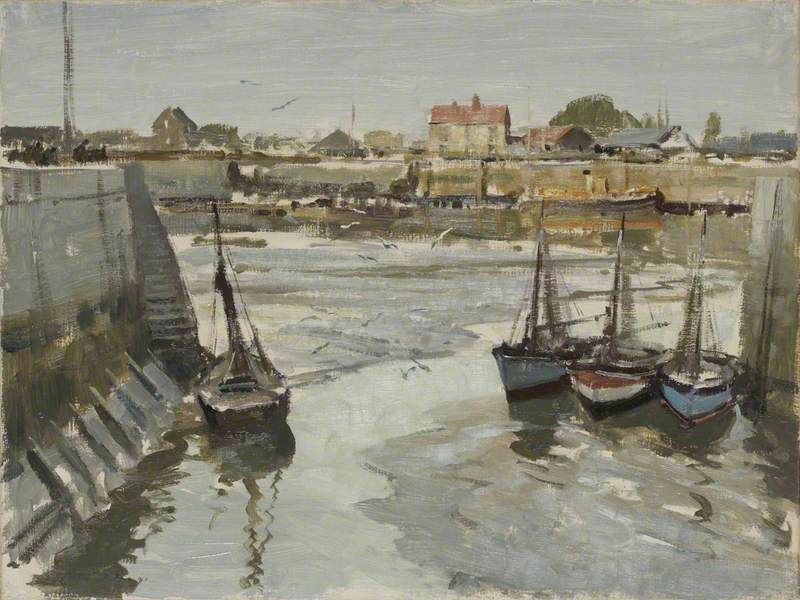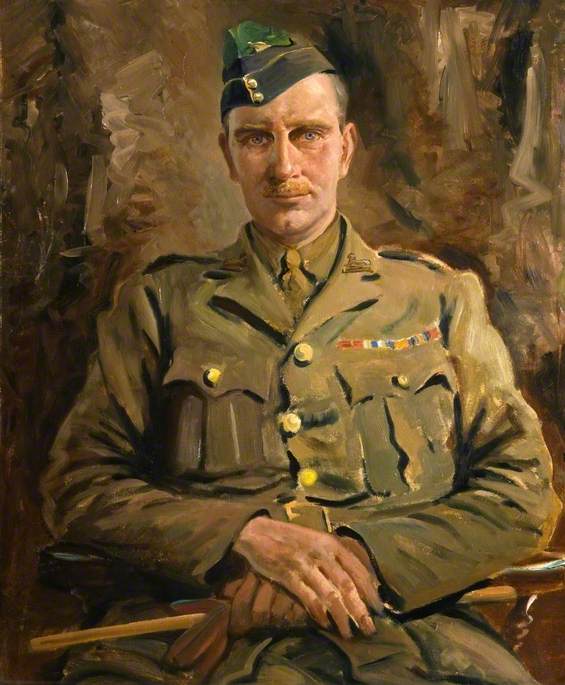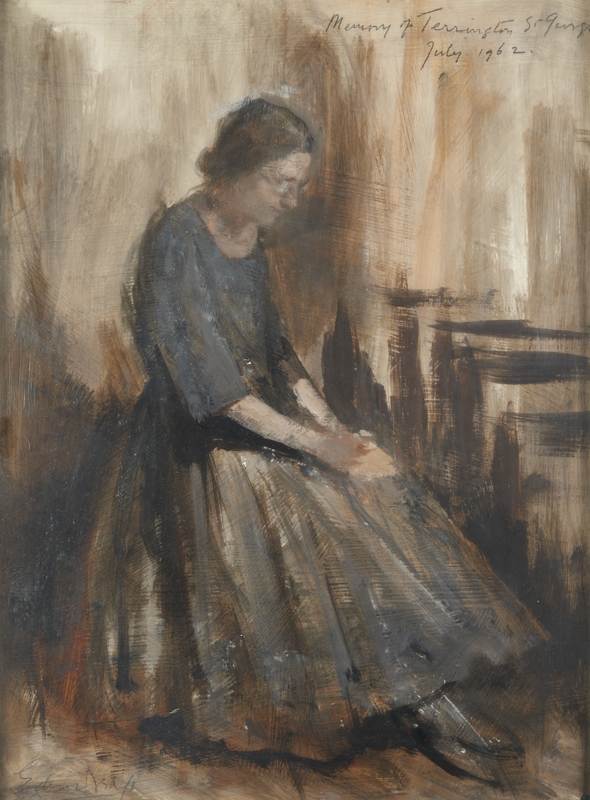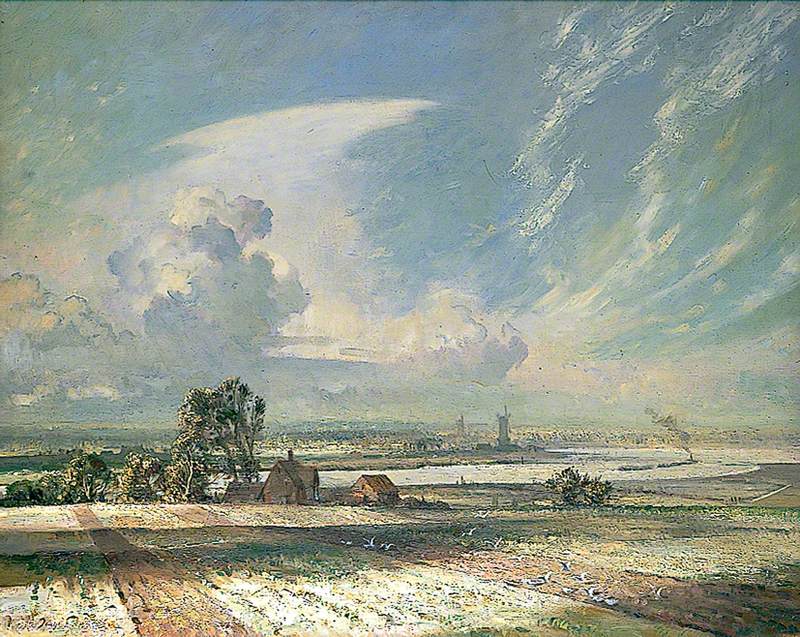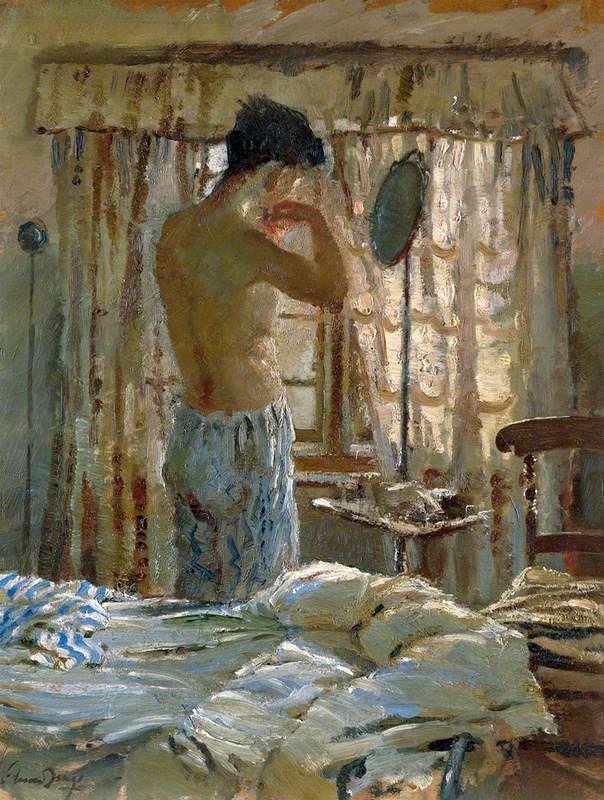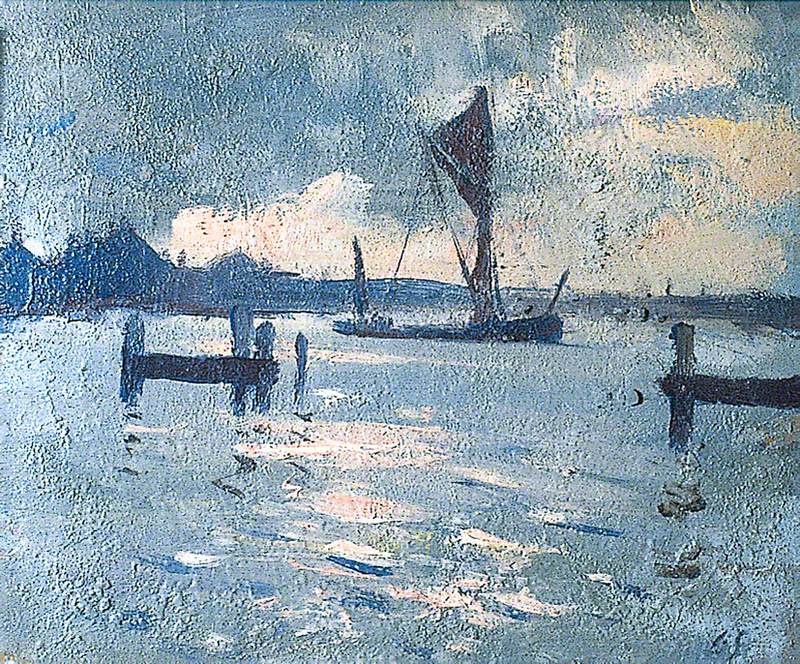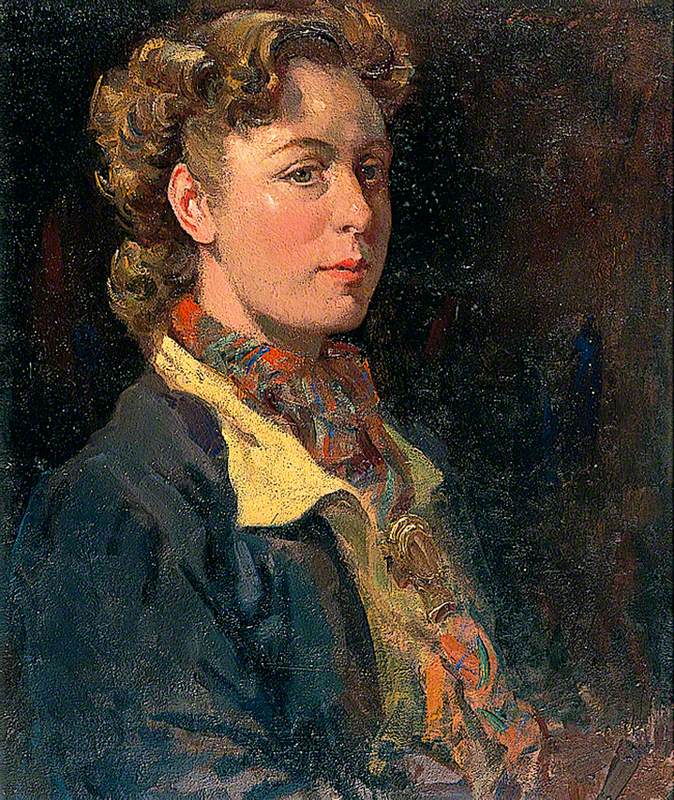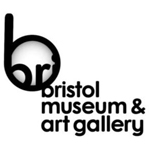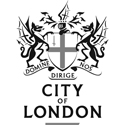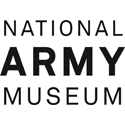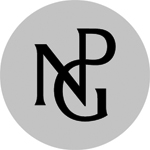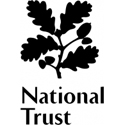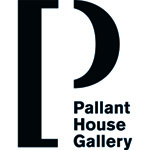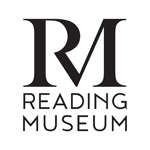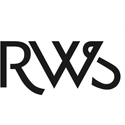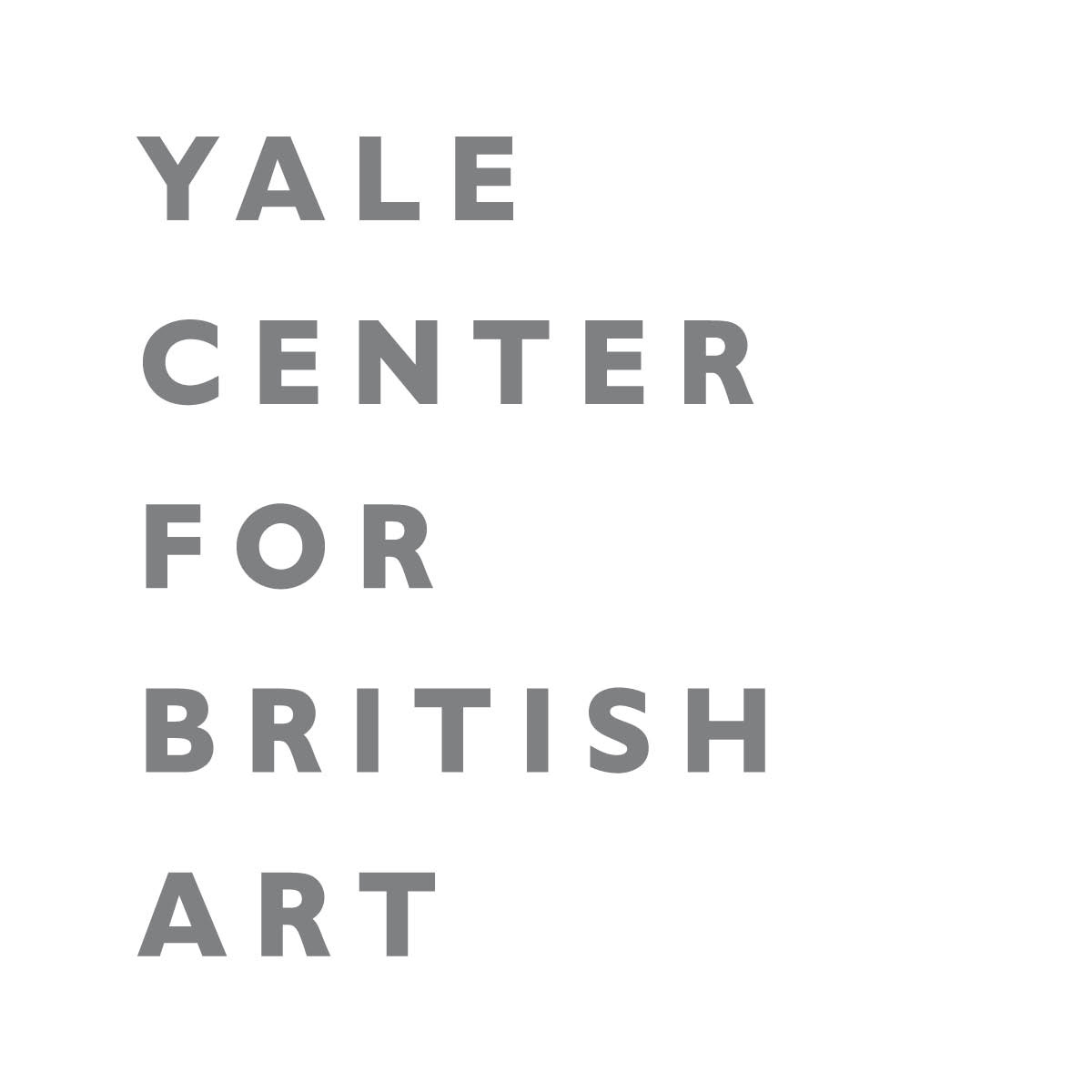Edward Brian Seago [commonly known as Edward Seago] was born in Norwich, Norfolk, England on 31 March 1910. He spent his childhood in Norfolk, mostly confined to his bed with a heart complaint which troubled him throughout his life. Apart from some tuition on landscape painting from Bertram Priestman and brief attendance at the Royal Drawing Society, he was largely a self-taught artist. In 1929 Seago held his first solo exhibition in London. He spent several years touring with circuses throughout Europe, as a sort of "artist in residence" and related his experiences in two books, ‘Circus Company’ (1933), and ‘Sons of Sawdust’ (1934). About this time, he also became interested in ballet and began an association with John Masefield.
Seago served with the Royal Engineers during World War Two working with the Camouflage Directorate. He also designed the insignia and colours for the Airborne Forces. Invalided out of the army in 1944, he was invited to Italy by General Alexander to record the Italian Campaign. In 1945 Colnaghi's exhibited his war paintings and showed his work annually from that time on. He enjoyed unprecedented success, with queues forming outside the gallery long before the doors opened resulting in every exhibition selling out within an hour of opening. He also exhibited at the Royal Academy, Royal Society of British Artists, and Royal Watercolour Society in London; the Royal Hibernian Academy in Dublin; the Royal Cambrian Academy in Conwy, Wales; the Ipswich Art Club; and at the Paris Salon.
He was elected a member of the Royal Society of British Artists (RBA) in 1946, an Associate of the Royal Watercolour Society (ARWS) in 1957, and a full member of the Royal Watercolour Society (RWS) in 1959. In 1962 he was elected President of the Nottingham Society of Artists, a post he held until the year he died.
In 1953 he was appointed one of the official artists for the Coronation and in 1956 was invited by the Duke of Edinburgh to join the royal yacht, Britannia as resident artist on a round-the-world tour. He painted many scenes in Antarctica.
He died in London on 19 January 1974.
Text source: Art History Research net (AHR net)
